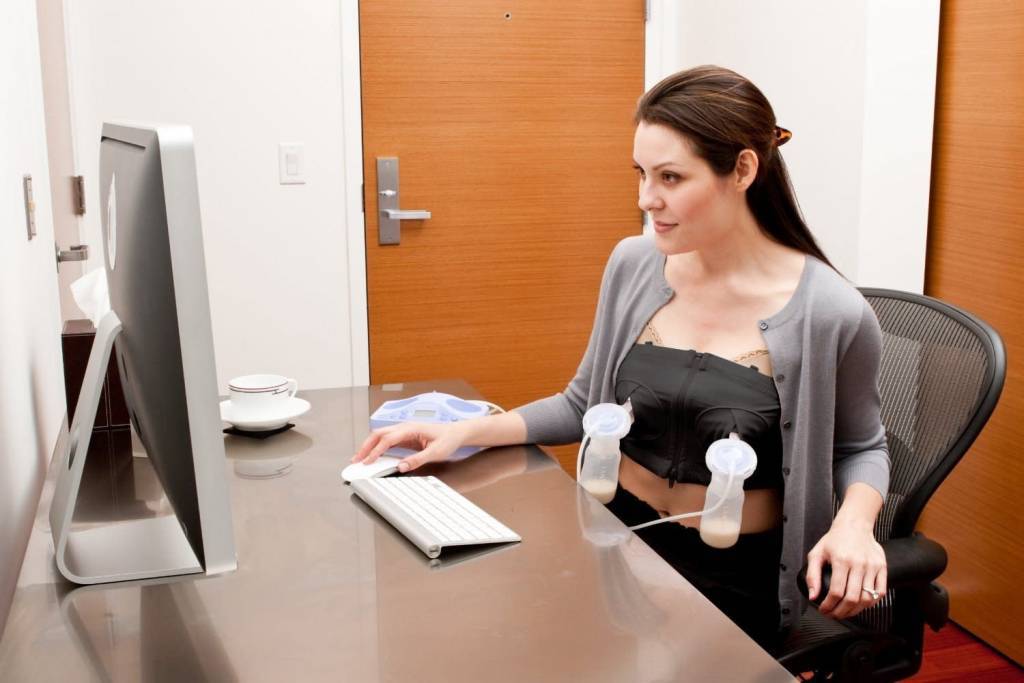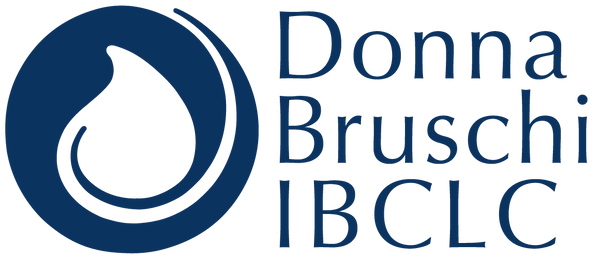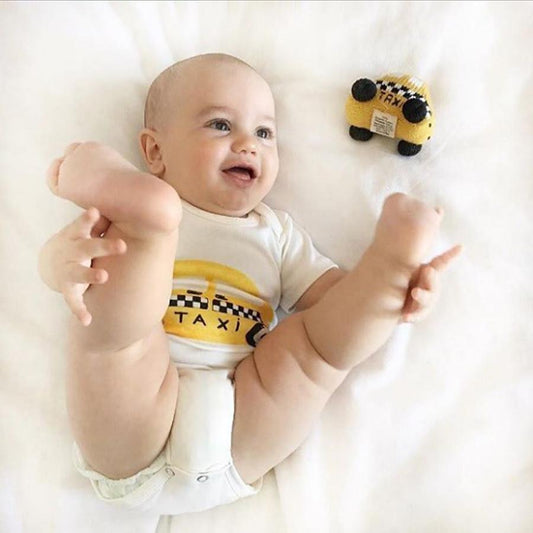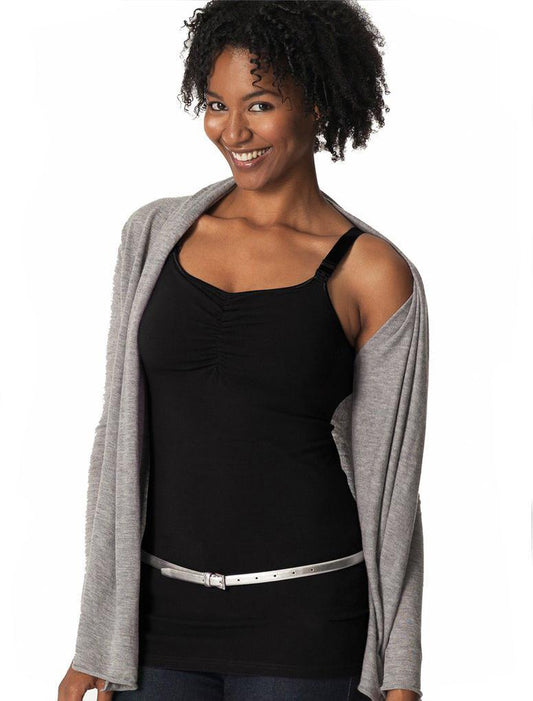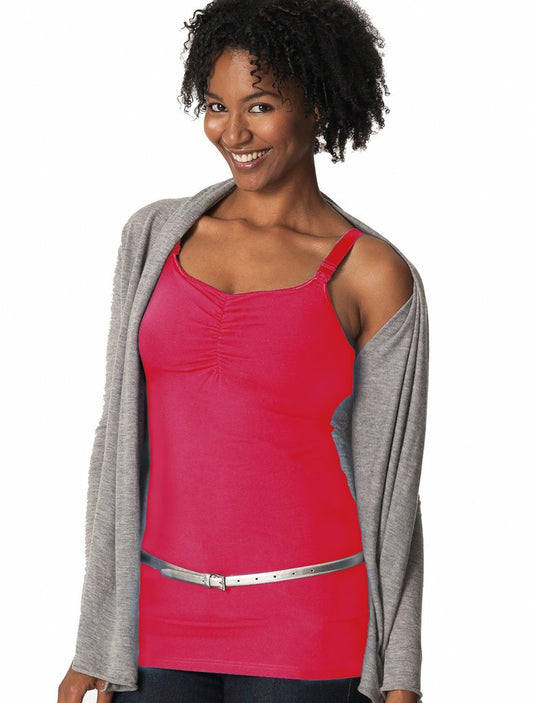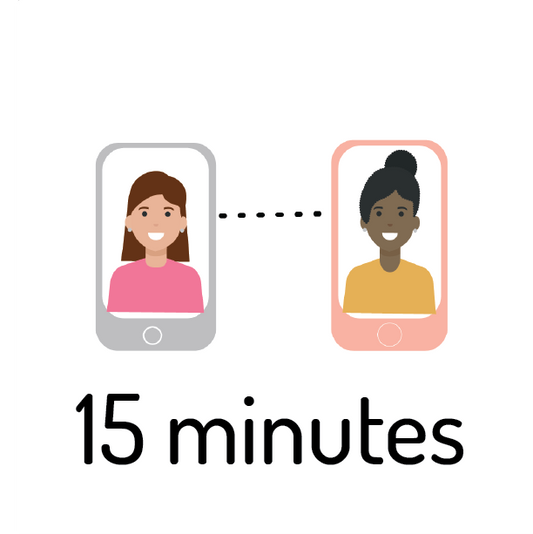F.A.Q.
Frequently asked questions
What is a lactation consultation?
A lactation consultation is a private appointment about breastfeeding and lactation.
- It can be about prenatal planning, pumping, feeding, breastfeeding, and/or weaning.
- You can schedule while pregnant or postpartum.
- It can be short or long.
- It can take place at your home, my office, or via Telehealth.
It includes your and your baby’s medical history, answering your questions, observing your challenges, examination (as needed) of your baby’s mouth and your breasts, and creating a care plan to guide you after the appointment.
What if I just have a quick question?
A lactation consultation can be as short as 15 minutes. Please fill out a Request for an Appointment and include the question or questions that you have.
Is breastfeeding supposed to hurt in the beginning?
While many women report tenderness or soreness in the beginning, from their nipple stretching for the first time, or the first time in a long time, you can talk and breathe through normal soreness. If you have pain that causes you to gasp, curl your toes or not want to breastfeed, that is a red flag that something, or several things need adjusting.
How do I know if I have a good latch?
How do I know if I have a bad latch?
A bad latch is like sucking on the mother’s nipple like a bottle nipple. You can see your baby’s lips are pursed, and their cheeks dimple when they suck. A bad latch causes pain and doesn’t work. Breastmilk does not flow by mere suction like from a bottle nipple. It is induced to flow by your baby compressing and massaging— ‘milking’—your breast.
How do I know if I have enough milk?
You can be confident your baby is eating enough if they are back at their birth weight 10 days after birth, and gain about 8 oz each week during the first 3 months.
A well-fed baby has 4 golden poopy diapers every day, is visibly growing, and is milk drunk, satisfied and sleepy after most feeds. If you still aren’t sure, schedule a lactation consultation so you can feel sure.
How do breast pumps work?
A breast pump does not work by sucking out milk. Instead, vacuum stretches and releases the nipple, which stimulates the release of oxytocin. This contracts the smooth breast muscle, releasing breast milk, and it collects in the bottle. So, pumps suck, but they also release, and that how they work.
Do you offer remote/telehealth consultations?
Yes. Telehealth is commonly thought of as inferior, or less effective than in-person, but I find everyone is helped by having their questions answered promptly and WITH ACCURATE INFORMATION.
Receiving critical guidance and reassurance from a discerning professional is vital. I guide parents through a full exam which parents find empowering and not at all difficult to understand. Having a camera operator helps, but is not necessary.
All Telehealth consultations use a secure HIPAA compliant platform.
Are you available to come to my home?
Yes. All classes and consultations are available in your home. I expect your house to be messy, dishes in the sink, and for you to be in pajamas. I bring an infant scale to check your baby’s weight. We can also do a weighted feed. I will wear a mask throughout our visit. I like dogs and cats, but most pets are less distracting if they stay in another room during our appointment. I leave my shoes at the front door.
Where is your office?
All classes and consultations are available in my office inside Lester Chiropractic, 652 St Rt 299, Suite 202, Highland, NY. The office building is just west of the Lloyd Lowe’s.
What are your COVID protocols?
My office has a HEPA air filter. I am vaccinated against COVID-19, mask indoors, and test weekly. I wash my hands and wear a mask throughout your appointment to protect you and your family. I always appreciate when you wear a mask during the appointment. Most of my clients are newborns and I want to keep every one of them healthy.
How can I start working with you?
Please Request an Appointment. If you want to be sure I can really help you in your specific situation, please call or text to schedule an interview. 845-750-4402
How should I prepare for my lactation consultation?
Preparation varies depending on the the type of your appointment. All appointments require that you fill out an intake form and take care of payment, either by insurance or personal payment before the appointment.
I suggest you include your partner, husband, wife, or a grandparent in your appointment, so they can learn how to best support you in feeding your baby.
Feed your baby lightly in the hour before your appointment. We want them relaxed and content, but not sound asleep.
How long should I breastfeed my baby?
The American Academy of Pediatrics and the World Health Organization both recommend exclusively breastfeeding all infants for the first six months of life.
Despite those recommendations, only about 25.6% of infants are exclusively breastfed in the first six months, and only 35.3% are breastfed throughout one year. Many mothers are not well supported when they have difficulty nursing. And most mothers lack confidence that they have enough milk production.
Any amount of breastfeeding and human milk will reduce your baby’s risks for allergies, asthma, SIDS, childhood leukemia and obesity. And it lowers your risk of postpartum depression and reproductive cancers. The longer and more exclusively you breastfeed, the greater the benefit.
If things are going well, know that humans generally wean on their own between ages 2-6 and it is a highly personal decision for each family to make.
If things are not going well, set short term goals and evaluate whether you have enough support to meet your current challenges. A good lactation consultant will help you evaluate and adjust your overall feeding plan so you don’t feel sad, overwhelmed and/or guilty that you are causing harm.
Should I wear a nursing bra while breastfeeding?
Nursing bras are nice to have for breastfeeding, especially if your breasts are leaky, large and/or heavy. They are comfortable and meet breastfeeding needs of both support, and easy access to a breast. Clips, snaps or hooks allow you to conveniently drop your bra cup while keeping your bra on. Modern fabrics are stretchy, supportive and most of all, breathable!
What kind of bra and how many do I need?
Nursing bras come in sleep, stretchy, feed/pump combo, pump, sport and structured styles. Choose the most comfortable style for where you are in breastfeeding.
Wearing a nursing bra or tank is an easy way to hold nursing pads in place and will help keep your tops dry and free of wet of unsightly wet spots.
I recommend having at least three nursing bras and three nursing tanks. “One to wear, one in the wash and one in the drawer.” Between leaky milk and spitting up babies, you will be changing your bra and top more than you can imagine.
I stock a wide selection of nursing bras, especially in hard to find sizes, and offer bra fitting. Shop here.
What are nursing tanks?
Nursing tanks are a comfortable hybrid option when nursing your baby. This stretchy and soft camisole has a built in nursing bra. You can wear them day and night, at home and out in public, alone or layered with a shirt or hoodie. They eliminate “that naked feeling” and boost your confidence to nurse your baby anytime and anywhere.
Help–one of my boobs is bigger than the other!
It’s normal to have a boob that is larger and produces more milk than the other breast. Usually, breasts are about the same size, but some babies have a breast preference, or moms end up nursing more often on one side because they are using their dominant hand to type, eat or something vital.
As long as your baby is gaining weight and your production is adequate, it’s more of a cosmetic problem.
How can I make my small boob larger and the large boob smaller?
If you’re looking to even out how they look, try starting your breastfeeding sessions on the smaller breast to stimulate more milk production. If your baby has a preference for the larger breast, and won’t nurse on the other side, try when they are sleepy or breastfeed on the larger breast while pumping with the other.
If giving your smaller boob more love and attention is not evening them out, you can camouflage with a larger bra and padding, or wearing loose-fitting and/or patterned tops.
Help! My nipples aren’t normal.
Every mom has differences in nipple appearance and function. Usually a baby will figure out how to nurse well on each side, in spite of the differences.
The important thing to remember is that babies BREASTfeed. A distinct nipple can help babies attach when they are first learning, but after that, it really makes no difference.
Try not to use a nipple shield unless your baby is preterm. It may take patience, but most babies figure out a flat nipple within a few hours of starting.
Nipple Tips
- If your nipples are very large, (larger than a quarter coin) you may have some pain until your baby grows a bit.
- If your nipple is inverted, you feel pain and see cracking while your nipple is everting and stretching out. The cracks will fill in and pain will then resolve.
- If you have nipple piercings, you may find milk leaking through the piercings or you may feel some discomfort when your baby latches in a particular position. Some people find that some nipple pores are closed off by scarring.
- If your nipples are flat, you may find that supporting and shaping your nipple in a ‘cigarette hold’ or ‘lobster claw’ helps attachment and feeding.
You are leaving this site and entering my HIPAA compliant patient portal.
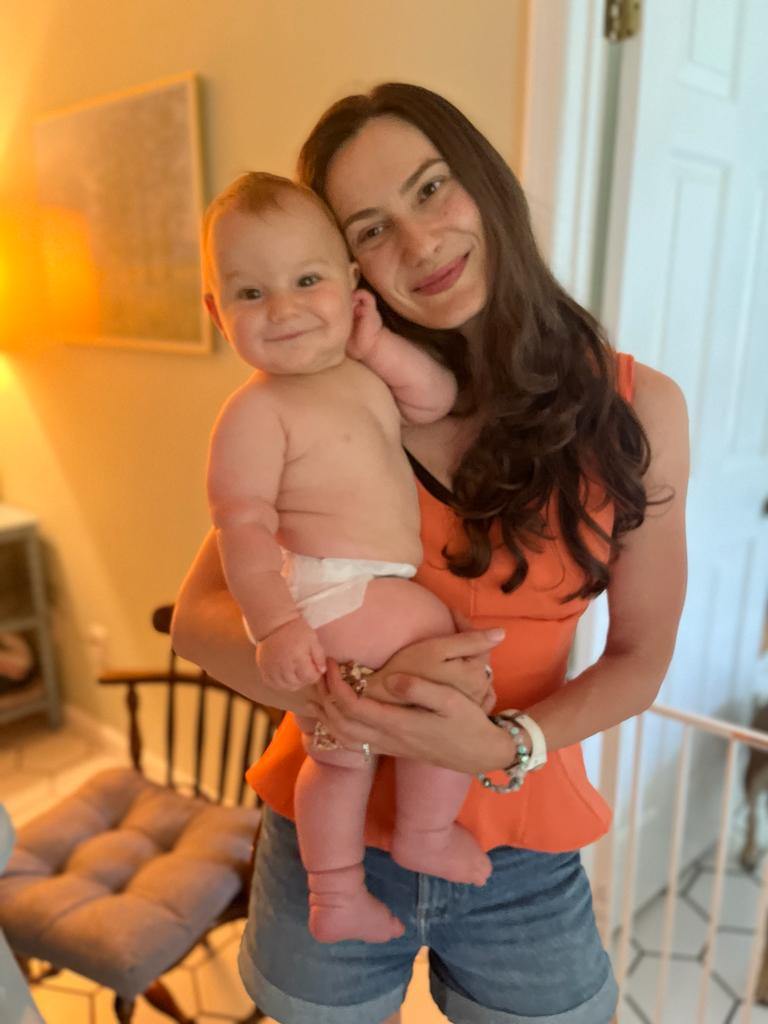
Ella B.
My son was born with a lip and tongue time, and even after his procedure, nursing was extremely painful. I would cry and clench my fists during every feeding, staring at the timer until 20 minutes were up so I could give myself permission to unlatch my son. Feeding him was a huge burden and caused me a great deal of anxiety because of how much it hurt.
I worked with Donna during the first few months of my son's life. I went from dreading nursing, to nursing on demand thanks to her support.
Client favorites
-
Simple Wishes Hands Free Pumping Bra - Black L-XXL
Vendor:Simple WishesRegular price $24.00 USDRegular priceUnit price / per$38.00 USDSale price $24.00 USDSale -
Estella Organic Jersey Baby Gift Set - Taxi - 0-3 M
Vendor:EstellaRegular price $55.00 USDRegular priceUnit price / per$55.00 USDSale price $55.00 USD -
Glamourmom Nursing Bra Full Bust Long Top
Vendor:GlamourmomRegular price $59.00 USDRegular priceUnit price / per$59.00 USDSale price $59.00 USD -
Lactation Consultation - Quick Question -Telehealth
Vendor:New Baby New Paltz Ltd.Regular price $40.00 USDRegular priceUnit price / per$30.00 USDSale price $40.00 USD
